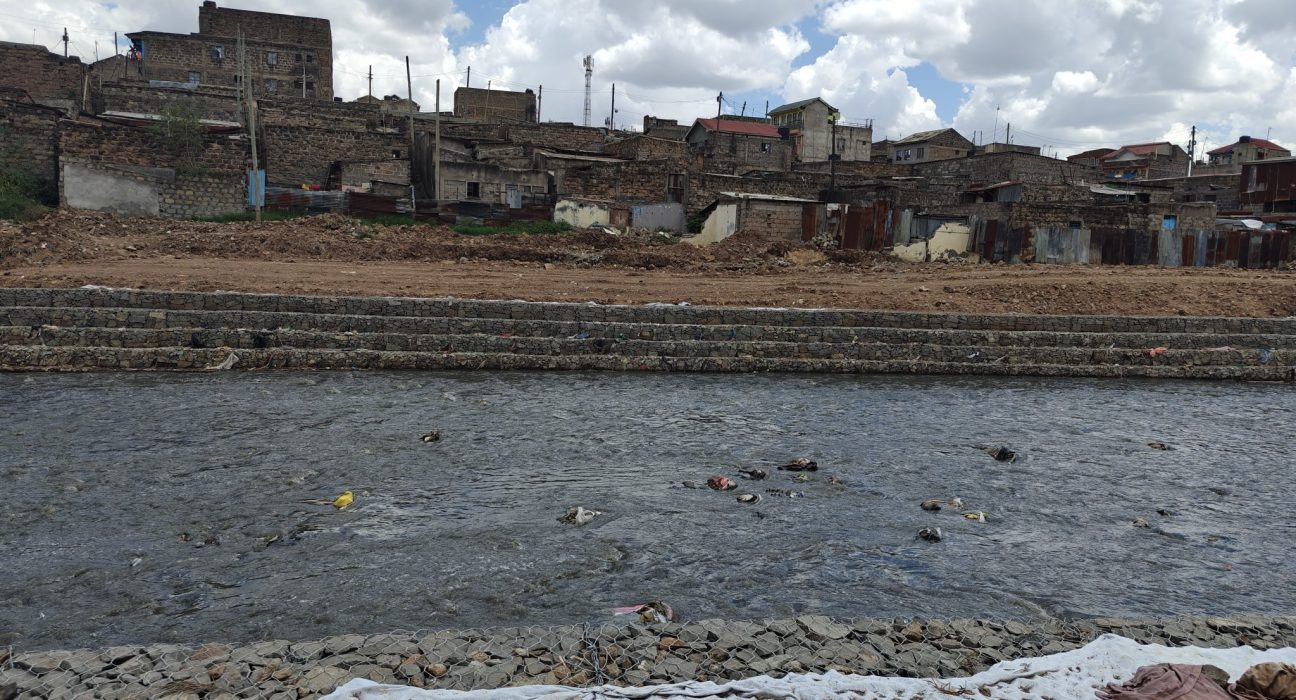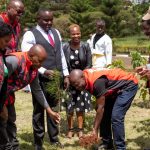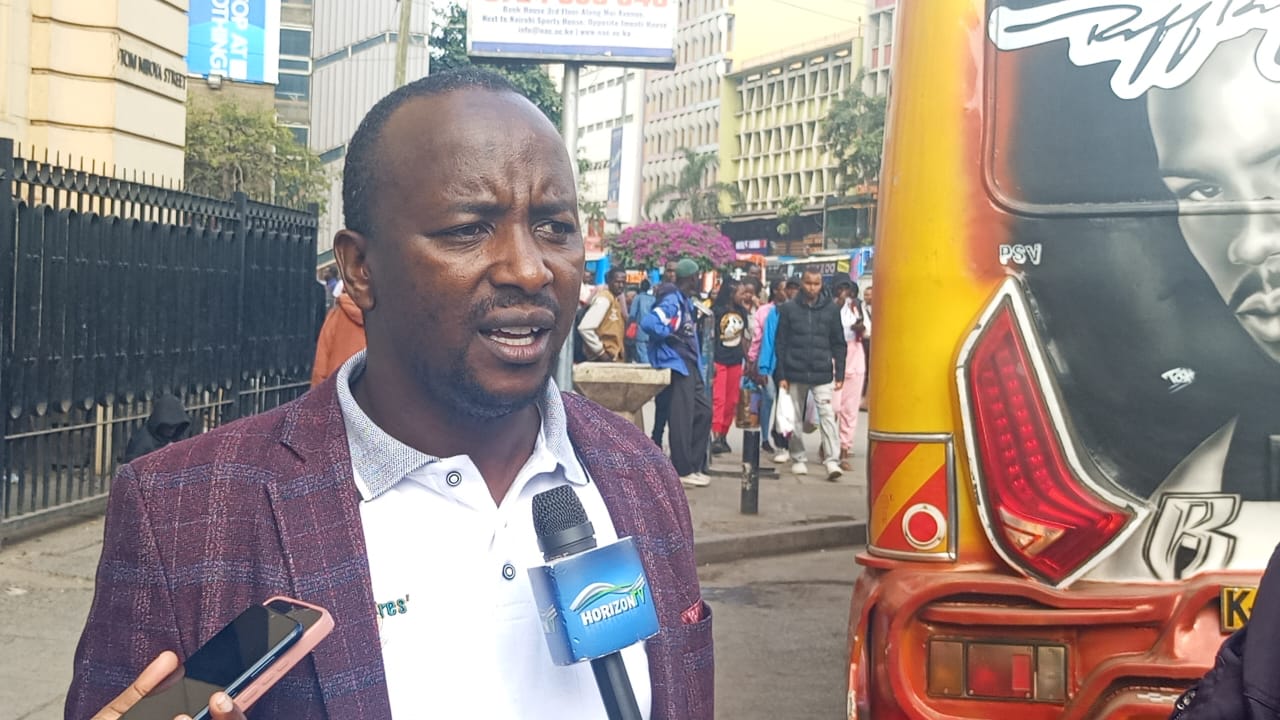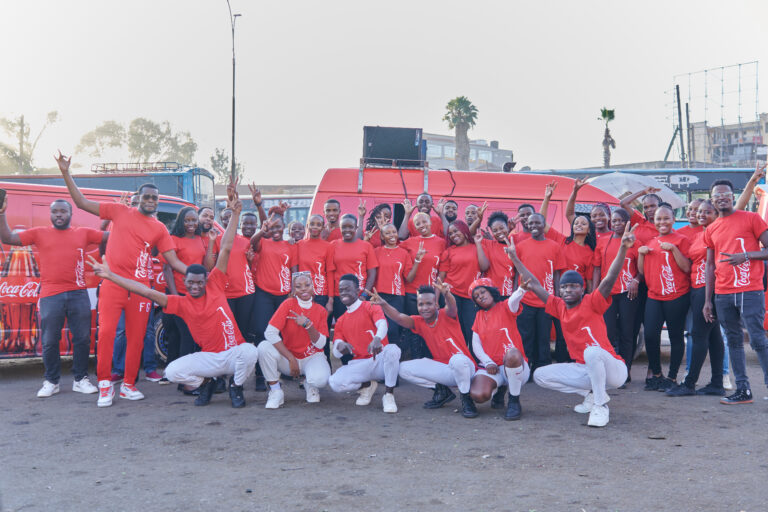By Eddah Waithaka
In a massive, multi-agency effort, the government is spearheading the ambitious Nairobi River Regeneration Programme, a project that aims not merely to clean the polluted waterway but to fundamentally reorient the city towards its long-neglected river.
Leading the charge is the Nairobi Rivers Commission, which has set a clear deadline: to completely transform the river and its corridors by January 2027.
“This is a bold step that the government has taken,” said Project Manager Lieutenant Colonel Kahigu Njoroge, who is seconded from the Ministry of Defence. “It is not just a clean-up, but it is reclaiming the Nairobi environmental spine.”
Colonel Njoroge explained the project’s core vision: to turn the city inside out. For decades, the polluted river has been Nairobi’s backyard.
The regeneration programme will flip this dynamic, turning the river into the city’s new, green frontage.
The fully funded government of Kenya project is deploying Ksh 45 billion actively transforming Nairobi’s river through five key actions. It is expanding the river channel to curb flooding, installing massive 1.8-meter trunk sewers to manage wastewater until 2065, and clearing historic garbage from sites like Dandora where the river vanishes into waste. Crews are also building gabion interceptors to trap new solid waste and constructing new bridges alongside a continuous riverside pathway for pedestrians and cyclists.
Beyond infrastructure, the project is fundamentally reshaping the city’s relationship with its environment. It is creating new parks and community amenities at sites like Kamukunji Grounds, while also restoring the river’s source at Ondiri Springs and promoting sustainable farming upstream to ensure the river’s long-term health and vitality.
A key to the project’s success is its “whole of government” approach. The commission is collaborating with the Nairobi City County Government, the national water authority, road agencies, the Kenya Forest Service, and others.
“We are happy as Nairobi City County Government because we have been collaborating very well with the Nairobi Rivers Commission,” said Maureen Njeri, County Executive Committee Member for Green Nairobi.
She emphasized that the project addresses decades of pollution caused by rapid urbanization and outdated infrastructure.
Crucially, the commission is not working in a vacuum. It is actively engaging communities that have long been trying to restore their environment.
The programme is incorporating existing community projects and employing local youth, particularly in labour-intensive tasks like gabion construction.
To ensure traders are not displaced, the project is building modern “decanting sites” on government land adjacent to the river, as seen with the planned relocation of part of Gikomba market.
Both Colonel Njoroge and Ms. Njeri stressed that long-term sustainability depends on community ownership.
Without a fundamental shift in public behavior, dumping could resume.“If we don’t have community ownership, dumping will continue,” Colonel Njoroge stated.
“But with the community’s ownership of the program, then they will help us to ensure that the program is maintained.”
The Nairobi River Regeneration Programme represents one of the most significant urban environmental transformations in Kenya’s history.
If successful, it will not only restore a vital ecosystem but also redefine the very identity of East Africa’s bustling capital city.







